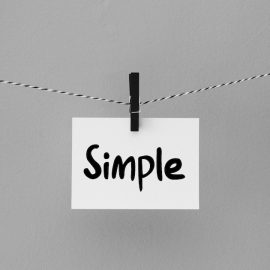
How do businesses measure true work value? What role does customer behavior play in success?
In Outcomes Over Output, Josh Seiden explores customer-centric results over product features. This approach emphasizes continuous improvement in the workplace by aligning efforts with changes in customer behavior.
Discover how to revolutionize your business strategy and drive results.
Evaluating Work Value Through Outcomes and Continuous Improvement
To encourage continuous improvement in the workplace, businesses should focus on both outcomes and creating benefits for clients. This approach ensures that value is measured by its impact on customer behavior and satisfaction.
1. Client-Centered Method for Determining Worth
The recognition of value stems from the impact on customer behavior, not just from offering features. This approach emphasizes adapting to key changes in consumer behavior that are essential for the organization’s success, leading to an assessment that better aligns with customer needs and provides value.
When evaluating outcomes, teams prioritize changes in consumer behavior over the creation of new features. They inspire teams to assess the significance of their work by examining its effect on consumer behavior.
Observable alterations in conduct facilitate a deeper comprehension and recognition of the efforts made by participants. The connection between workplace outcomes and the changing tastes of consumers becomes increasingly clear, allowing teams to better substantiate and explain the rationale behind their decisions.
2. Fostering Continuous Development Through Outcome-Based Benchmarks
Creating benchmarks for achievement rooted in outcomes fosters an approach that emphasizes continuous development. It’s crucial to cultivate a culture where teams are encouraged to conduct trials and consistently ascertain the efficacy of their strategies for progressive development.
Concentrating on results allows teams to adjust their responsibilities, thereby creating a culture that emphasizes exploration and the acquisition of knowledge. Teams may tackle their assignments by viewing them as hypotheses for experimentation, continuously iterating and enhancing their approach, and modifying their plan according to the insights and feedback they receive.
Creating a plan that sets clear standards for achievement aids in identifying key components and steers ongoing adjustments that improve the team’s effectiveness.
In summary, teams enhance their responsiveness to customer preferences by centering their attention on the desired outcomes. They can transition their emphasis from simply generating features to genuinely adding value. Prioritizing outcomes that benefit the customer enhances the overall product and lays a strong groundwork for communication, evaluation, and realizing major achievements for the business and its customers.






